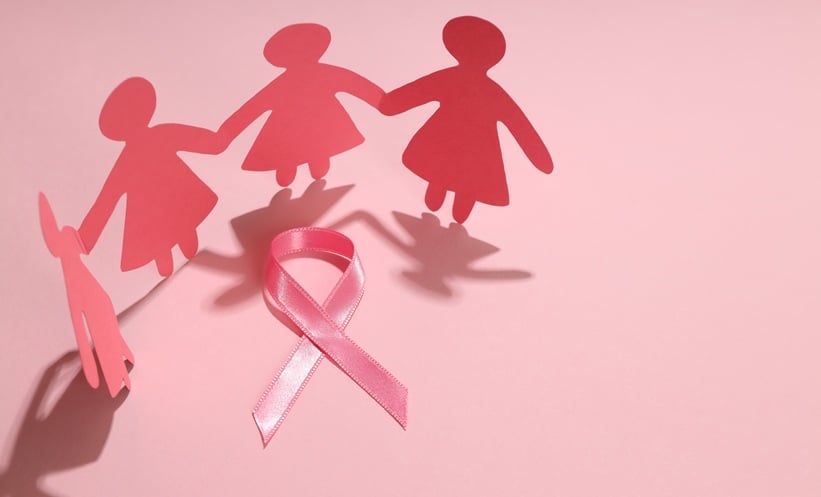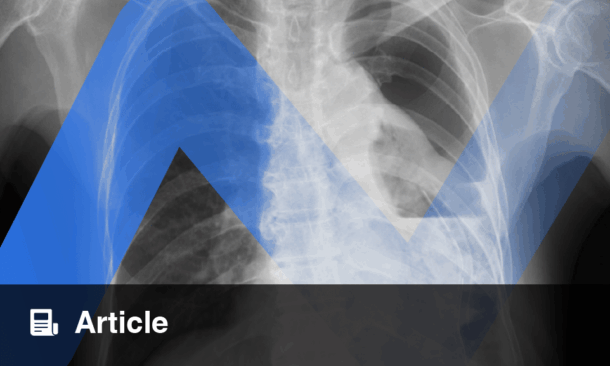BACKGROUND
Ovarian cancer represents a leading cancer-related cause of death among women in the USA, with approximately 20,890 new cases expected to be diagnosed in 2025.1 Only an estimated 20% of ovarian cancers are detected at an early stage, likely due to the current lack of a reliable screening test.2-4 Studies have demonstrated that, by race, White women are more likely than Black women to develop ovarian cancer, with the incidence for Asian women falling in between the two groups.1 Historically, the Asian American, Native Hawaiian, and Pacific Islander (AANHPI) populations have often been studied together as a homogeneous cohort, which masks heterogeneity in health behaviors and socioeconomic status.5 The authors’ goal is to compare disaggregated survival among AANHPI women with ovarian cancer to those of non-Hispanic White (NHW) women in the USA.6
METHODS
The National Cancer Database was queried between 2004–2022 for patients with epithelial ovarian cancer. AANHPI patients were further disaggregated into subgroups, and non-Hispanic White patients were included as a reference. Survival curves were generated using Kaplan-Meier estimates, and multivariate analyses were conducted using Cox regression models.
RESULTS
A total of 7,803 AANHPI patients and 212,441 NHW patients were included. AANHPI patients were then categorized into subgroups consisting of 2,909 East Asian (EA), 1,901 South Asian (SA), 2,455 Southeast Asian (SEA), and 538 Native Hawaiian and other Pacific Islander (NHPI). Compared with NHW patients, AANHPI patients experienced longer survival times (128.46 months versus 95.17 months; p<0.001). Upon disaggregation, EA patients experienced better survival (128.94 months) than both SEA (121.67 months; p<0.032) and NHPI (114.77 months; p<0.047) patients. SA patients also had better survival (131.75 months) than both SEA (121.67 months; 95% CI: 116.98–126.35) and NHPI patients (114.77 months; 95% CI: 104.11–125.34). Additionally, Cox regression demonstrated that both SEA and NHPI patients had a higher risk of death compared to EA (hazard ratio: 1.14; 95% CI: 1.04–1.25, hazard ratio: 1.33; 95% CI: 1.14–1.5).
CONCLUSION
AANHPI women with epithelial ovarian cancer experienced better survival as a group relative to NHW women. However, when disaggregated, there were notable disparities among the different subgroups. Patterns of cancer mortality were heterogeneous, with SEA and NHPI subgroups facing the highest risk of ovarian cancer death, possibly reflecting differences in health behaviors or socioeconomic factors. AANHPI represents a diverse population, and it is imperative for physicians, researchers, and policymakers to appreciate the true heterogeneity within this population. This understanding will support greater overall equity by helping the authors to identify high-risk groups and target disparities across ethnic cohorts.







